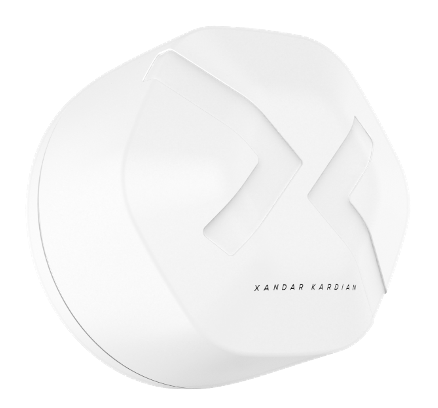The first company to deploy successful safety occupancy solutions commercially into dozens of buildings worldwide using digital radar signal processing.

For decades, handshakes and hugs were the way we greeted others. People socialized in meeting rooms, office kitchens and even had private talks in bathrooms. Students crowded in hallways and classrooms for various activities, and running errands didn't evoke fear. Suddenly, we are told to social distance, and the year 2020 will forever go down in history as chaotic to say the least, but it's not over yet!
City, state, and even federal mandates have implemented guidelines such as distancing in enclosed spaces, and disinfecting as needed or able to keep facilities open, specifically office spaces, in a hope to go back to 'business as usual.' The biggest issue with this, even with the sanitization of high-risk enclosed spaces at the end of the day still leaves ample hours for transmission to occur, and simply assuming human beings will adhere to social distancing guidelines based on marked floors is too much of a risk many corporations simply are not able to risk. These unprecedented times bring about daily change with strict health protocols virtually unknown until now. So where do we go from here? The numbers of transmission had begun to rise again, following Centers for Disease Control and Prevention's warning that this winter could potentially be worse than the last.
Companies, like Xandar Kardian, have begun implementing real-time occupancy (people count) sensors with adjusted thresholds to maintain safe occupancy levels. Why is this technology as vital asset for life as we know it amongst a pandemic? The cost-effective autonomous and continuous occupancy monitoring solutions comply with office reopening safety protocols, monitoring it with a near 99% accuracy rate, building systems have proven to be accurate, do not violate or even store occupant data, and are a fraction of the cost when compared to other systems.
“We were the first to develop and are still the only commercially deployed people counting solution in the world using radars, which has resulted in numerous peer-reviewed journal publications and patents. Today, it is one of our best sellers having deployed into dozens of buildings in North America and EU, “said Sam Yang, Managing Director at Xandar Kardian. “When the pandemic hit, we adapted our systems to meet novel needs, but the technology was already available. Getting accurate presence and vacancy detection in real-time has never been more important. However, Xandar Kardian’s solution is much more than just another “occupancy” sensor … we take monitoring and facilitation of actionable steps to the next level.”
Xandar Kardian was the first tech startup to commercially integrate radar based people counting and presence detection solutions into international airports, hotels, banks and class A office buildings. The company has deployed a full line of corporate cost-effective autonomous and continuous occupancy radar monitoring solutions including: people counting, and real-time smart disinfection control systems. But why radar compared to other technologies? Well compared to camera-based systems now in a post-COVID19 era, privacy and confidentiality concerns are likely to rise. Xandar Kardian’s radar sensor is not affected by lighting conditions or temperature changes, and has no cameras or microphones. Additionally a radar system can sense occupancy covering an area of up to 600 sq. Ft. with just one sensor.
While Xandar Kardian’s products are considered advanced in design and function, and are less costly to integrate, the company remains somewhat under the public radar. The first company to successfully deploy this occupancy detection solution commercially, Xandar Kardian is currently deployed in international airports and dozens of buildings in North America and Europe. The next phase of the pandemic is here, and digital radar signal processing is the smartest solution to combat public safety moving forward.
For more information visit: xkcorp.com.
